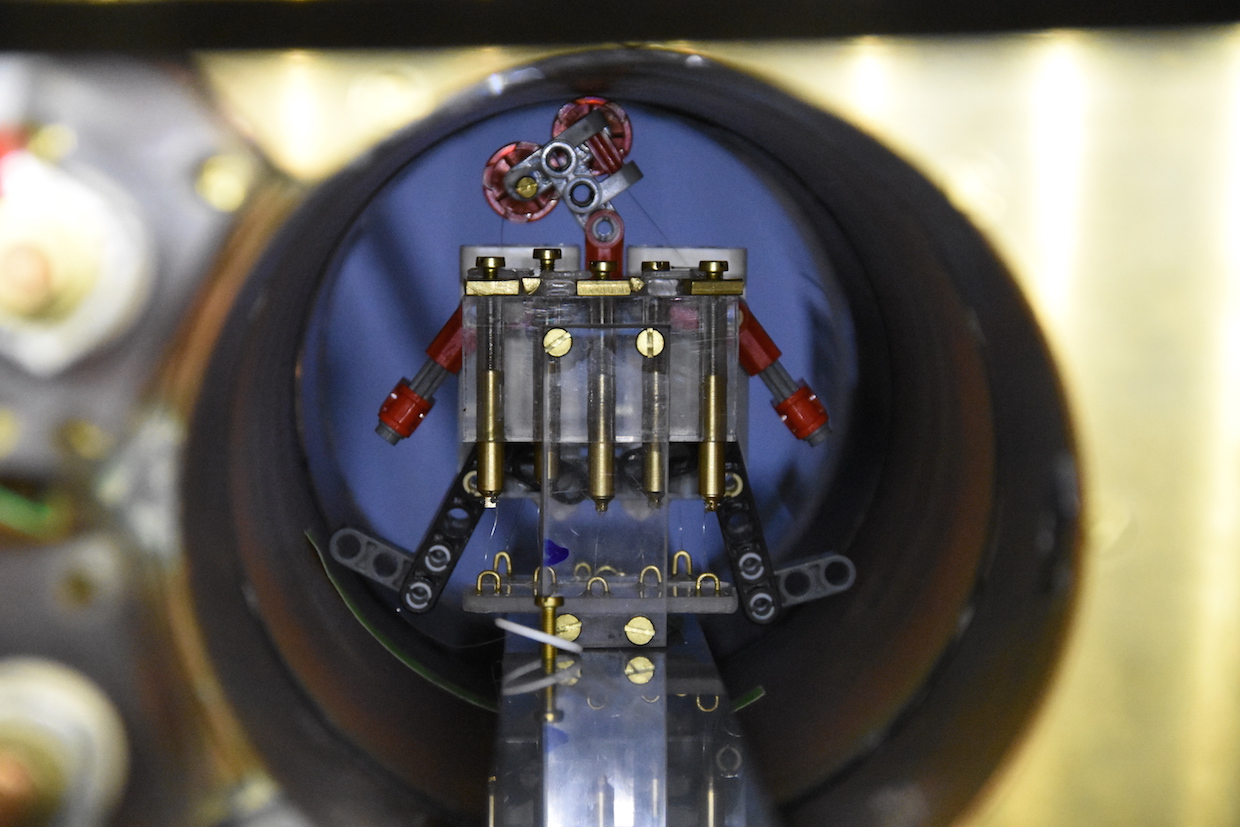
There are two options for controlling a robot inside of the human body: Either you try and build some sort of intricate and tiny robot submarine with self contained propulsion and navigation, which would be really really hard to do, or you just make the robot with a tiny bit of something that responds to magnetic fields, and control it externally with some big magnets. The latter approach is vastly less complicated, but it has one major drawback, which is that it’s very hard to manage multiple robots.
via IEEE Spectrum
Image: Science Robotics






